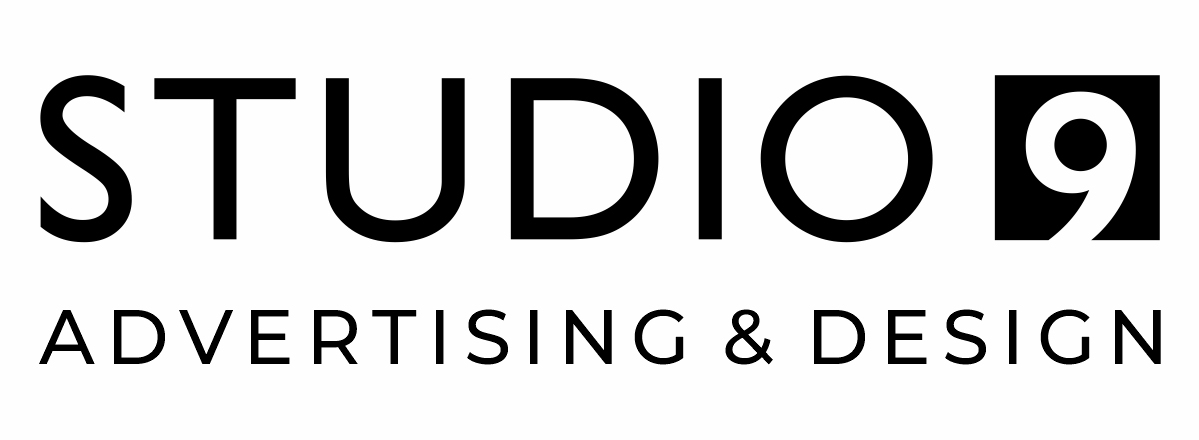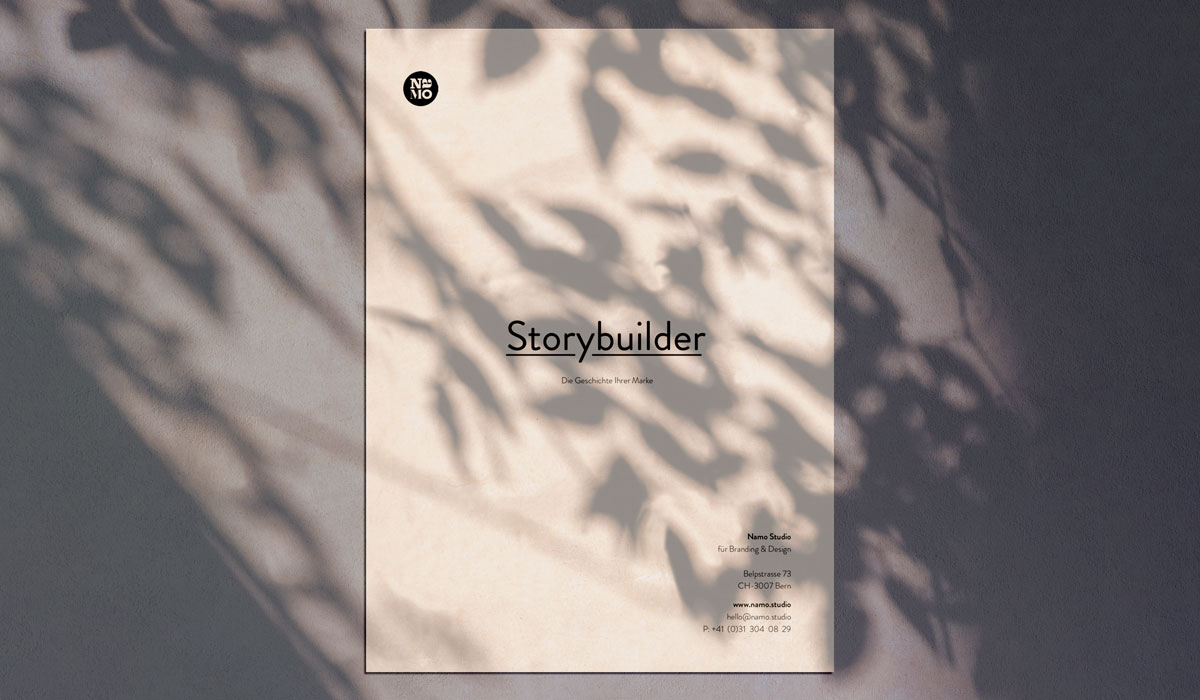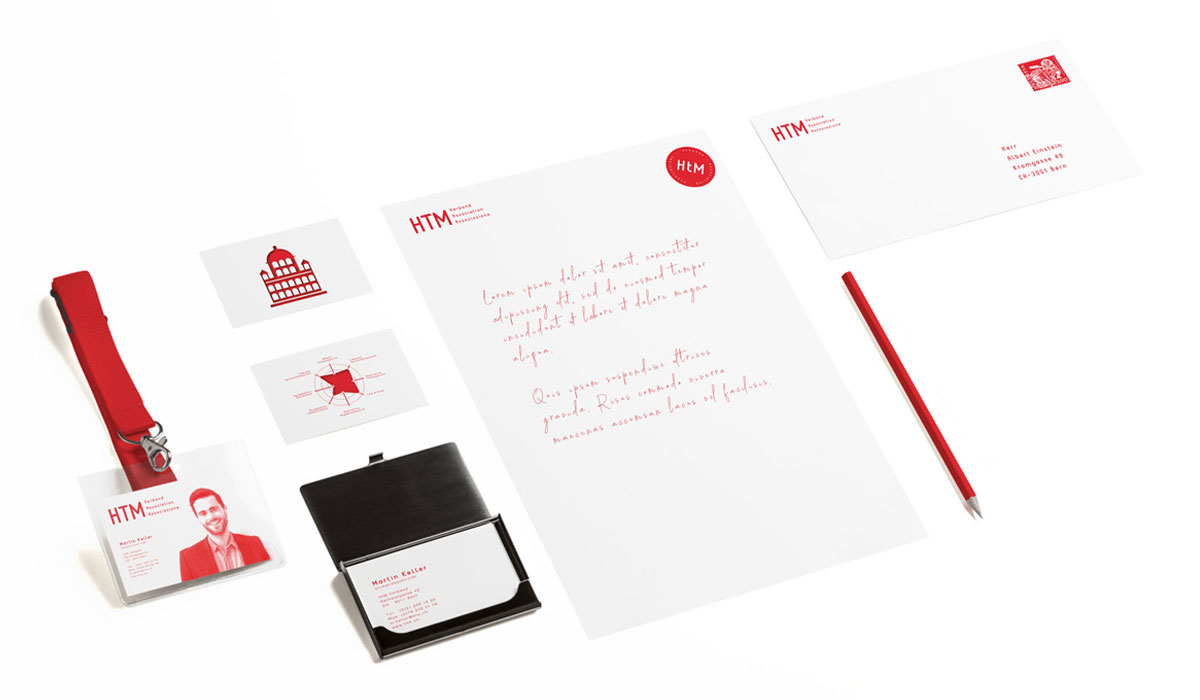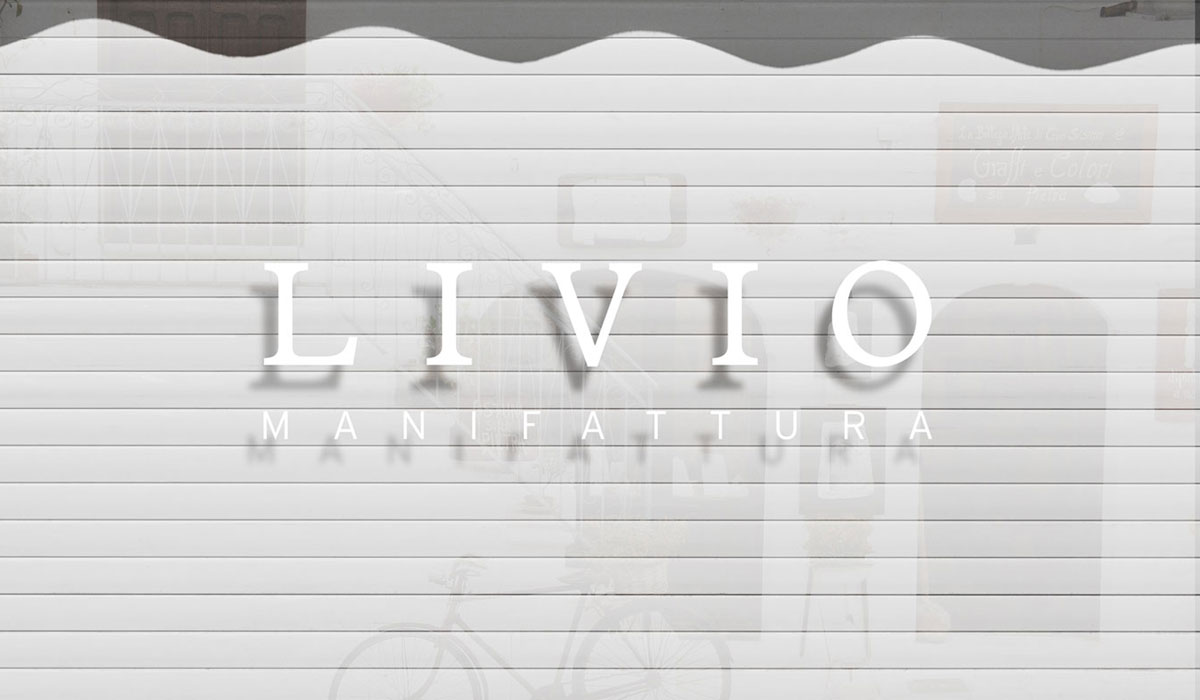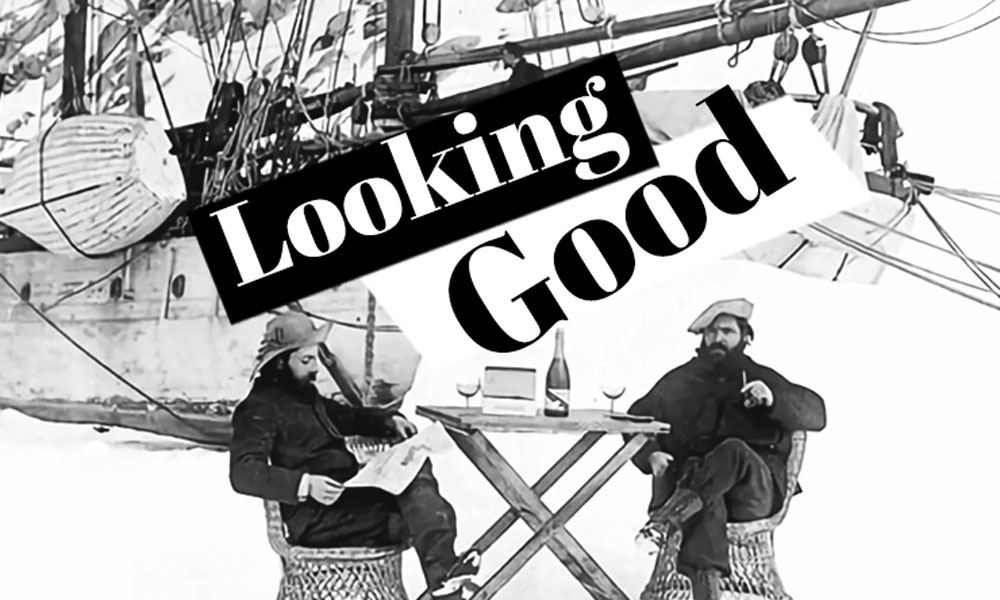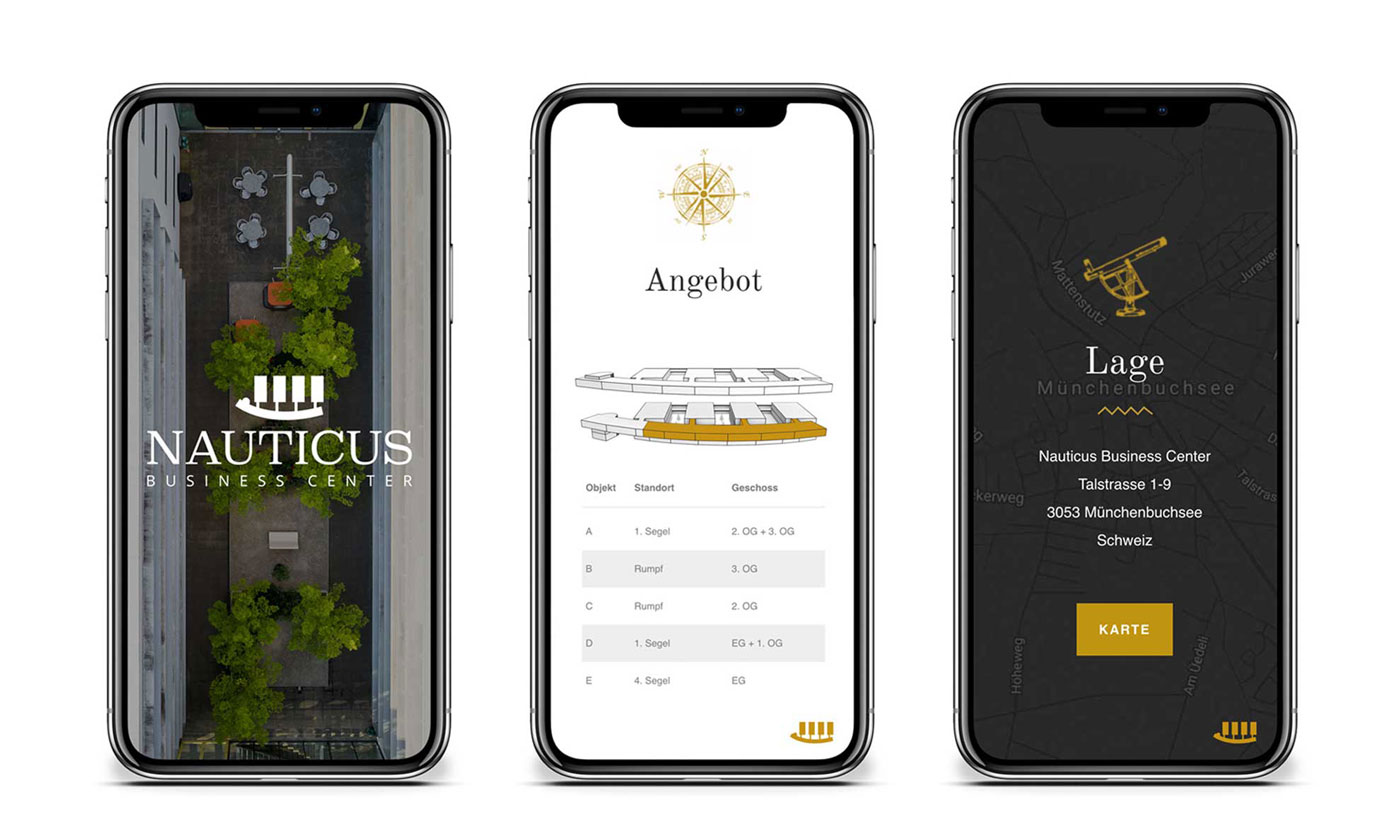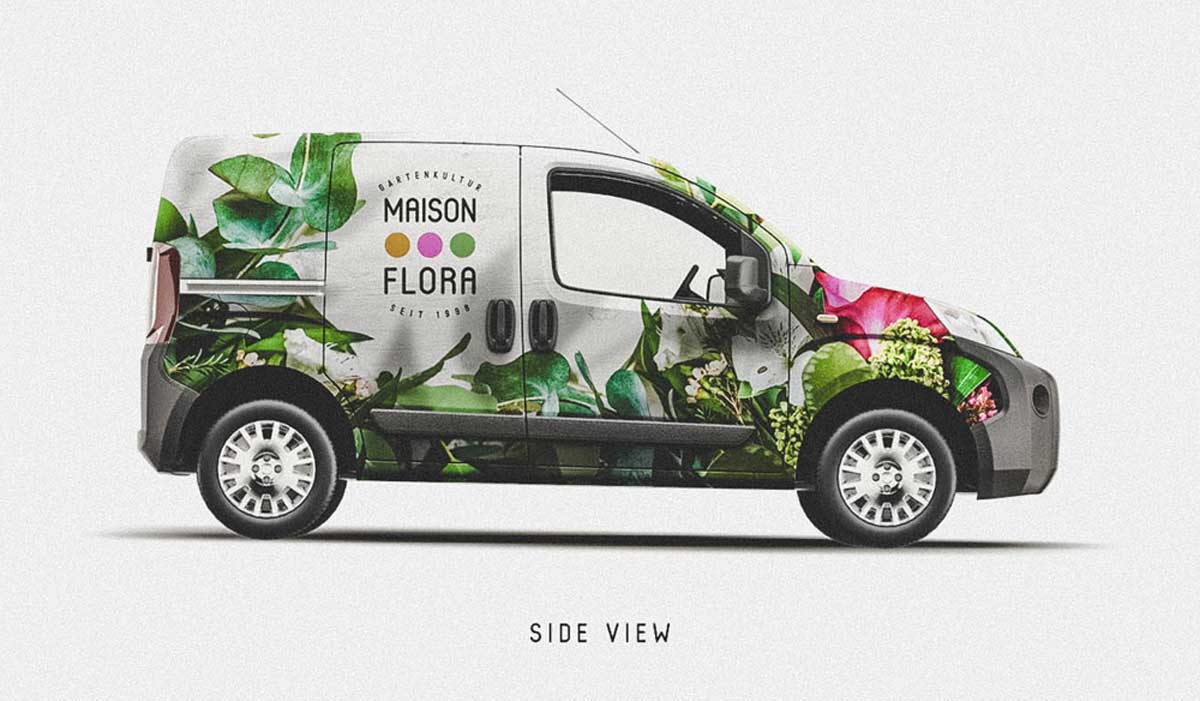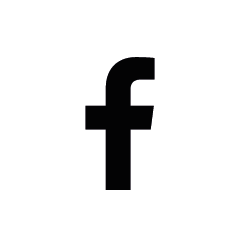Stories
Tales from the World
of Branding & Design
Tell the Unique Story of Your Brand
Discover the Story of Your Brand
Every successful brand starts with a good tale. The brand story contains all the characters, motifs and storylines that make up your personal brand (More on this topic).
After you have successfully put the brand story on paper, all other elements of the brand can be derived directly from the storyline. This not only makes the work of brand development much easier. The superordinate story also helps us to ensure that all components of the brand align and fit together perfectly.
Here you will find the Story Builder from Studio9. The start of every successful brand:
Htm - Brand Identity and Webdesign
Brand Identity and Webdesign for an Association
Our Full Service
Offer for Associations.
In this case study, Studio9 realized the full branding program for the HtM association. Under a strong umbrella brand, individual assets were developed for effective and strong communication strategy. The example nicely shows how a consciously designed brand presence can create a recognition value across all platforms.
Brand Identity for SME: Anatolio Livio - Manifattura
Brand Identity for SME - Manifattura Anatolio Livio
Craftsmanship
Skillfully Packaged.
In this case study, Studio9 developed a comprehensive brand identity for the Manifattura Anatolio Livio. In addition to the basic identity system, this includes signage, letterheads, business cards and event invitations, merchandise such as shirts and bags as well as a fully responsive website.
The reduced brand presence does well without an opulent world of colors. In addition to classic black and white, it is limited to the natural colors of the wood, which stands at the center of the work in the Manifattura.
Our Services in Detail (PDF)
As a full service agency, Studio9 offers you all services related to your brand from a single source. Find out more about our services in the brochure.
ServicesPDF
What Makes Brands Unique? Reflections on Brand Identity
Attract Attention
A brand is successful when it is noticed, because what we don’t know, we can’t buy. And we perceive what stands out, what catches the eye. This story deals with what constitutes unique brands, where mistakes are often made and what this means for you and your company.
"Different Is Better Than Better."
- Sally Hogshead
You can attract attention in many ways. You can use a lot of naked skin to draw attention to your products. You can captivate customers attention with provocative statements. You can particularly fiercely attack the competition to look better. Such methods of brute force marketing are not the issue here. Rather, we concentrate on the most elegant art of attracting attention: Doing it by being unique.
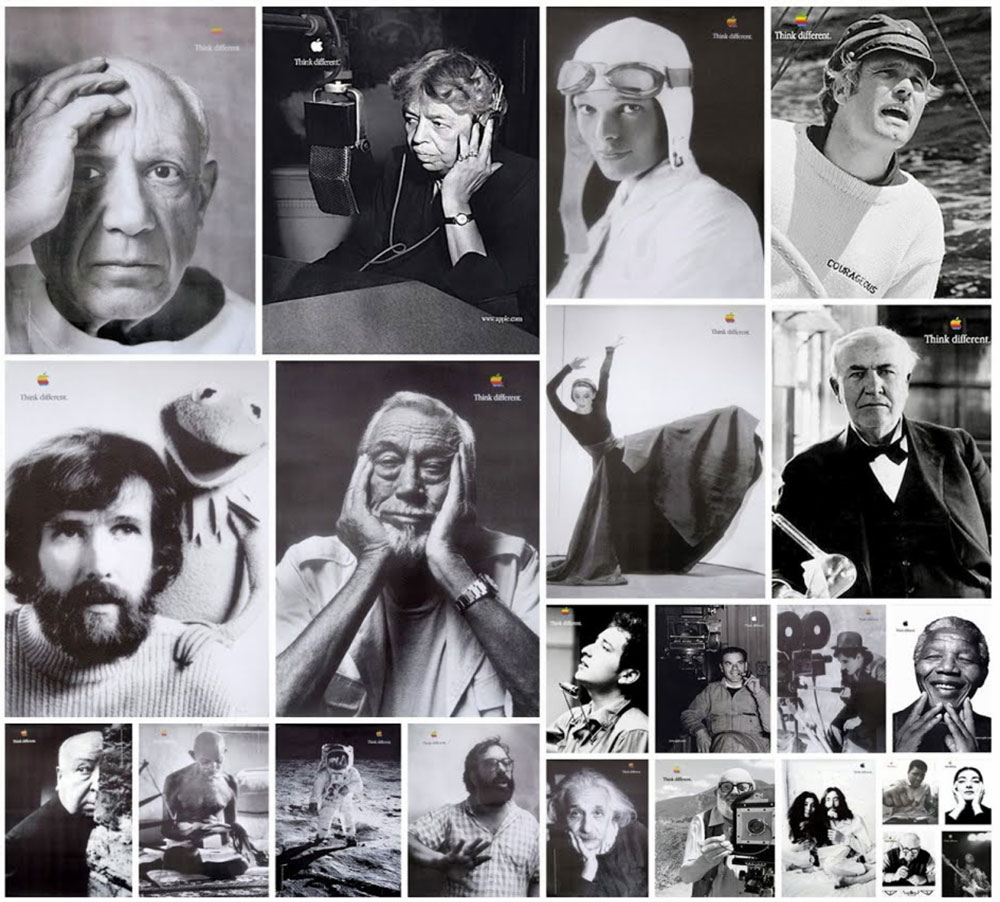
Uniqueness Through Imitation - a Paradox
“How do I become unique?” – This question underlies much of the literature you find in the popular self-help departments of bookstores, and it is also the question you should ask yourself for your business and your products. Uniqueness means that your product has characteristics that no other product has. This allows customers to distinguish it from the competition, remember it and perhaps even decide to buy it.
As a first step towards answering the question of their own uniqueness, many companies look at the market and compare themselves with the competition. They want to find out how others define and sell their individuality. This quickly leads to a rather uniform mush. Successful concepts are adopted by the masses and the result is that a once unique distinguishing feature of a single brand degenerates into an industry standard that is no longer rewarded by any attention. Starting the search for uniqueness in others is a paradox.

No Tinkering!
After a detailed market analysis you come to the conclusion that you like the slogan of brand X very much. The logo of brand Y matches it and is super creative. You design your product range like brand Z, because it is the undisputed market leader and has a super customer image. You choose only the best of everything. The result: your brand will be so great and unique that it will effortlessly outshine X, Y and Z. Right?
"Don't Turn Your Brand into Frankenstein's Monster!"
I’m afraid I thought wrong. What comes out of this is a brand that has been robbed of any character. As a customer, I am looking for a brand with a recognition value, an anchor. I want to know what you stand for, what you are, and what I’m getting into with you. That doesn’t work if you communicate a different message to me with every point of contact I have with your brand. In the best case, you look characterless, like a grey suit that anyone can wear, but in which nobody really stands out. In the worst case, you look dishonest. You have no messages for which you stand up. Your appearance is such an obvious accumulation of buzzwords that I suspect you are trying to hide the true you.
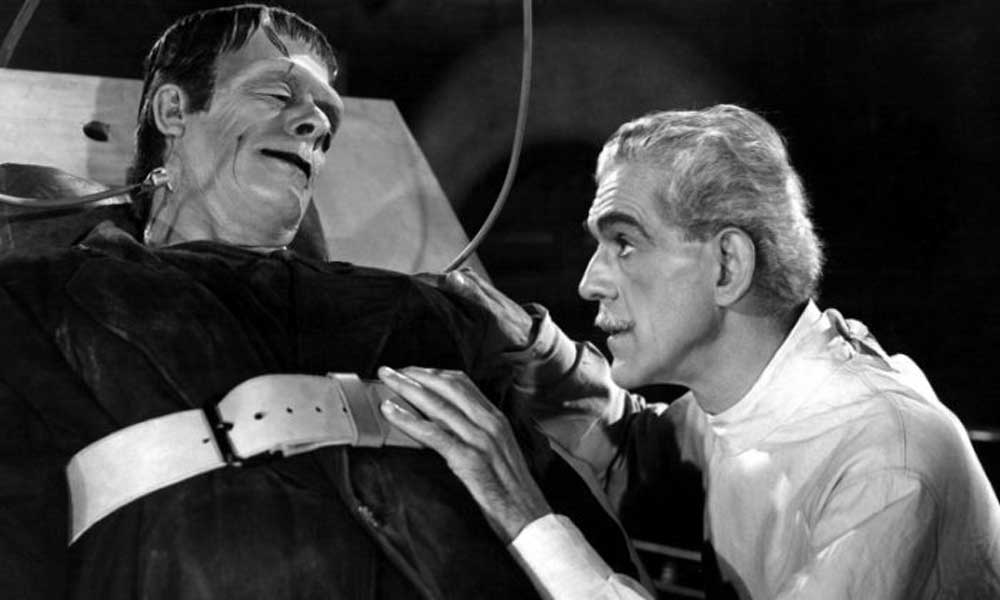
Emphasize Your Individual Values
Let’s summarize. Success requires attention. The best way to gain attention is through uniqueness. In order to experience what makes you unique, you have to compare yourself with others. But if you simply imitate others, you become part of the big unified mash. So what should you do?
"Be Yourself; Everyone Else Is Already Taken."
This exhausted and admittedly somewhat cheesy quote is right. When you think about it, you actually have no choice. By definition, every idea that you pick up and adopt somewhere is no longer unique.
You are unique if you simply follow your business without worrying about trends and the competition. What remains is you, your employees, your neighbors, your customers – all the things that really matter in the end.
Of course this does not make you a dazzling bird of paradise who breaks all conventions, but you don’t have to. Your distinguishing feature may be the cross-generational family business or your special commitment to the region. Perhaps it is a passion for traditional production processes or a particularly high level of quality assurance.
The task of a good brand is to highlight these small but fine characteristics and to communicate them in an exciting and emotional way.
"Studio9 Is the Partner for Your Unique Brand."
If you are not sure how such a task should be tackled, then you are certainly not alone. Rather, you have arrived at the marketing section of this article.
As a branding and design agency, we at Studio9 see it as our task to offer our customers support in the demanding task of recognizing their own uniqueness, refining it and translating it into an appealing packaging and communication solution.
You can find more information about our offers under Services or if you prefer to contact us directly to clarify open questions or a possible cooperation, please do not hesitate to call us or send us a short message. We look forward to hearing from you in any case.
Brand Consulting & Branding for Associations
Brand Development for Associations
A Well-Defined Look
for Your Association.
Studio9 supports you in the definition and implementation of a contemporary and individually tailored brand presence for your association. As a full service agency, we offer you all services from brand development to the implementation of visualizations and a modern website from a single source.
Real Estate Branding for the Business Center Nauticus
Real Estate Branding - Nauticus
A Bernese Property
Is Picking up Speed.
At Talstrasse 1 in Münchenbuchsee there is a property which, if you look at it from the air, inevitably makes you think of a ship. The building with the curved hull and the four sails towering parallel to each other is a business centre completed in 2003 in the immediate vicinity of the federal capital.
Studio9 was commissioned by Winnewisser Liegenschaften to design and implement a new real estate branding & a fresh website for Nauticus.
Insights & Customer Journey: Get to Know Your Customers
Black Box Customer
You can’t please everyone. This also applies to brand development. Your product will only please customers in a certain niche. And that’s a good thing. Brands that try to address all potential customers at once dilute themselves too early. They become pale and faceless. At the beginning of a brand development there is therefore always the question:
"Who buys my product when, where & why?"
Customer Research helps you identify the potential buyers of your products and create a customized brand experience.
The length of this story does not allow us to cover the broad subject in its entirety. We will therefore limit ourselves to the most important keywords on the topic and try to give you a selective insight into Personas, Touchpoints, Customer Journey, Pain Points & Magic Moments.
Personas - Balancing Act Between Individual and Generality
Ideally, you know each of your customers personally. You know everything about their individual preferences and dislikes and can tailor your offer to their specific needs.
A good example of this is the corner shop, as it could be found in rural areas until a few years ago. Aunt Emma knew her customers. She knew that Mrs Müller liked to spend a little more money if you took the time for a quick chat and that Mr Meier, on the other hand, liked to do his shopping quickly. Aunt Emma was able to adapt her offer individually to her customers, rewarding them with a high level of brand loyalty.
"Brand loyalty like Aunt Emma's is hard to come by today."
Unfortunately, the Aunt Emma model is difficult to scale. The number of customers, a lack of direct customer contact and a general increase in the number of people involved in the sales process make it impossible to create an individual offer. At least without causing significant additional costs.
The so-called Personas are a pragmatic interim solution. Your customers are divided into archetypes. Now you no longer have to design an offer for tens of thousands of individuals, but can focus on 10 people who symbolize the totality of your customers.
This solution is pragmatic because it allows you to take into account the core differences in your customer composition without causing a cost explosion, as was unfortunately the case with the Aunt Emma model, which would no longer allow a profitable business model.
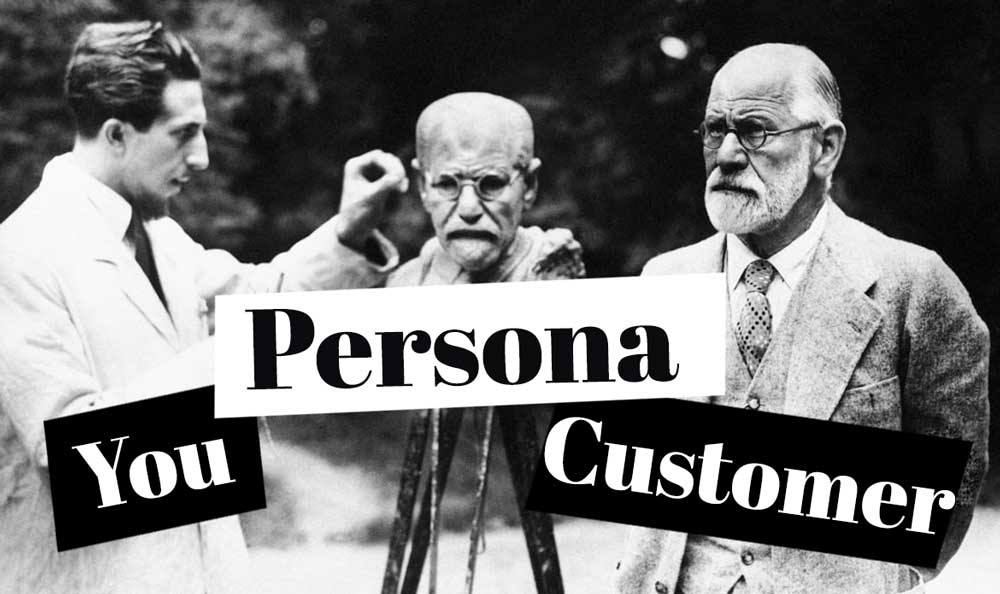
Think & Feel
Wherever potential customers come across your brand in everyday life, touchpoints are created. For brand development, it is particularly important to analyse the effect your brand has on the customer at every single touchpoint in more detail. We are talking here about the cognitive and emotional aspect of a touchpoint.
If, for example, you as a retail chain run an advertising campaign on Black Friday, you will be providing factual information about current special offers (cognitive) on the one hand, but on the other you will also trigger an emotional reaction towards the greatly reduced prices.
Good brand design has the task of harmonizing these two aspects and using them effectively in practice.
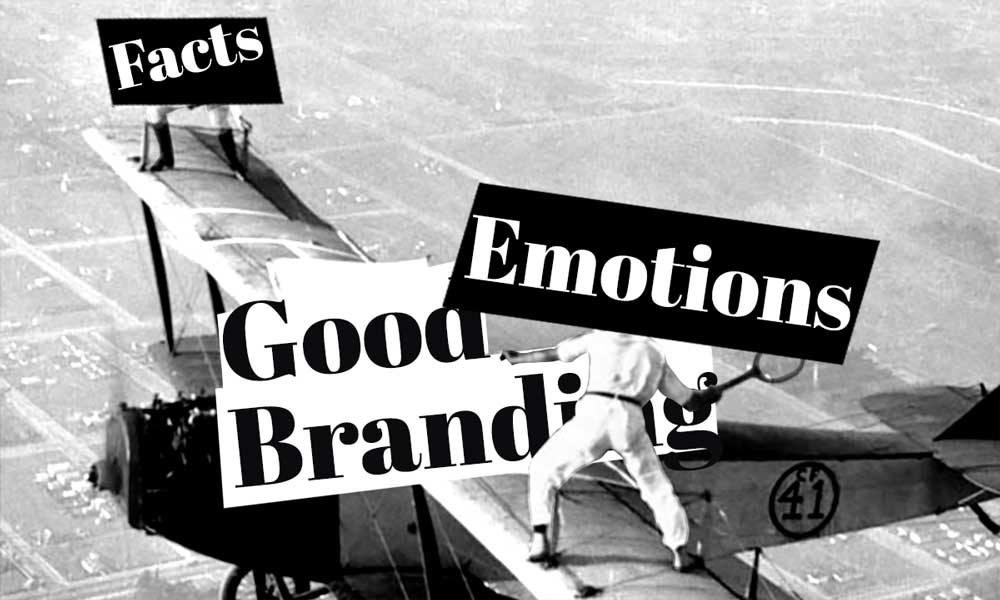
A good example of a difficult tightrope walk are advertising offers for meat products. On the one hand, we want to make the customer’s mouth water. This would be best done with a juicy steak straight from the grill. On the other hand, we sell raw meat and a grilled steak would communicate incorrect information about our product.
Today the meat is mostly presented raw, but served on a plate with some greenery as decoration. Everyone can judge for themselves how good this solution is.
Journey Along the Touch Points
As on a hiking route, your customers’ points of contact with the brand can be recorded on a map, from the first meeting to the purchase decision and beyond. We are talking about the Customer Journey.
For example, customers hear about your brand from a good friend, they see an advertisement for your product in your Instagram Feed and receive a free sample as they walk through the train station every morning.
The task of marketing is to identify, create, coordinate and string together these points of contact and to distribute the available resources to the individual touchpoints in a targeted manner.
A good brand supports this process by easily and effectively adapting to the respective touch points. By being able to communicate your core messages consistently across all channels and being expandable at will according to your needs.
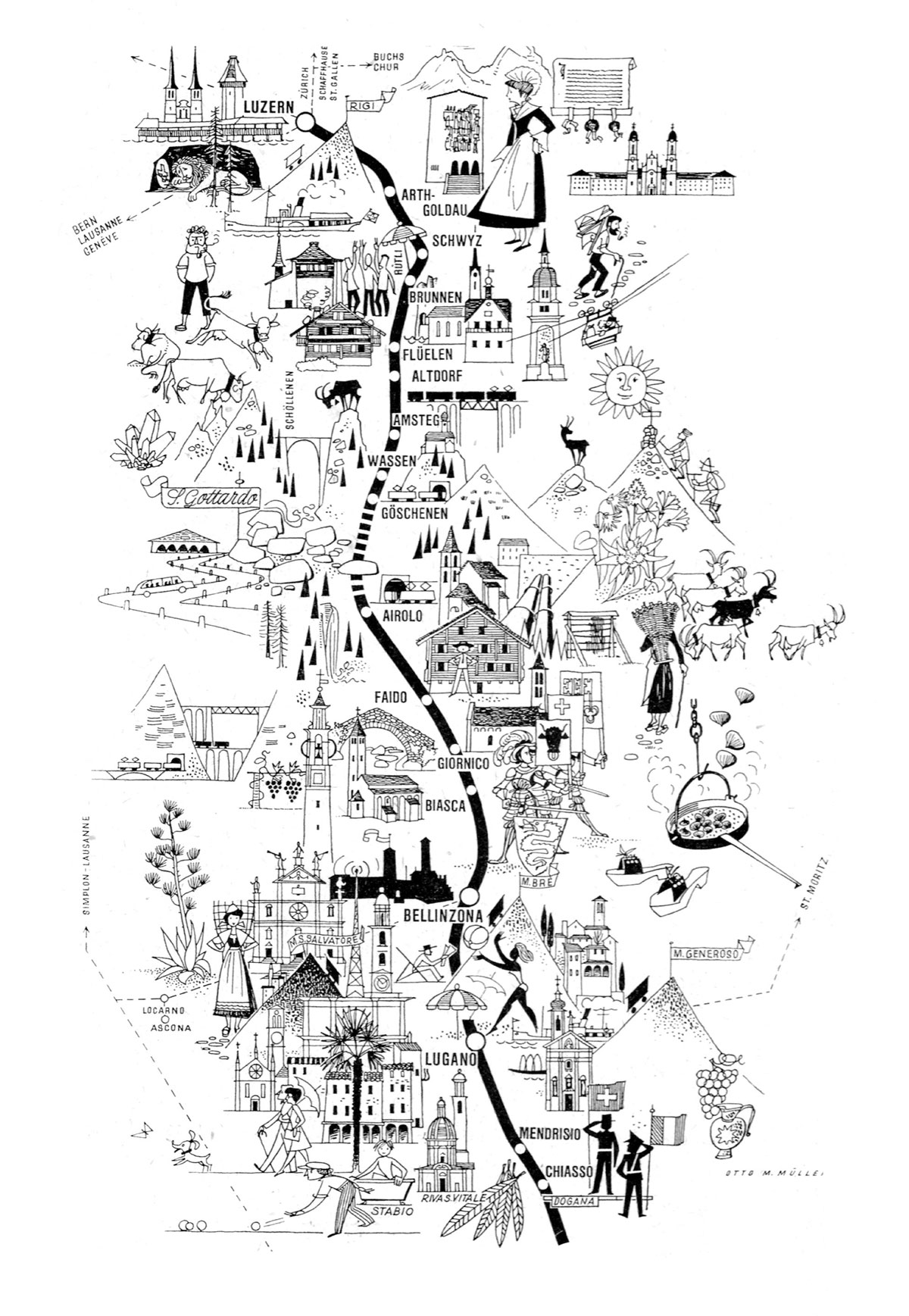
Where Does the Shoe Pinch? - Pain Points
Like every trip, the Customer Journey has its highs (see below) and lows. The depths, pain points, are all those moments when your customers have a bad or unsatisfactory experience with the brand.
In the field of branding, pain points are often the moments when the brand experience is temporarily suspended. Imagine you shop in an exclusive boutique and suddenly have to go to the toilet. This turns out to be an exhausted outhouse, peppered with suspiciously yellow spots. A pain point like this can blow all the preparatory work you have done in an instant.
"Avoid potholes on your customers' journeys."
The keyword for avoiding pain points is therefore consistency. All touchpoints are routed along a line, which sometimes sway a bit (the second most expensive toilet paper would certainly have been enough), but may never deviate completely from the chosen route.
With your brand presence you promise your customers a brand experience. If you consistently adhere to this, then customers will build trust in you and your products.

Creating Magic Moments
On the journey of your customers Magic Moments are by far the most important milestones. They are those moments in which emotions are triggered which have a lasting impact on the perception of your brand. These are the moments in which the purchase decision is made and which the customer will sustainably associate with your brand.
Creating Magic Moments is one of the core tasks of good marketing and a strong brand is an indispensable tool to achieve this goal. A good example of a magic moment that is inextricably linked to a brand are the Coca-Cola trucks that regularly drive across consumers’ screens in the run-up to Christmas.
The jingle, visual language and story are pure Christmas and are designed to stir up the spectator’s anticipation of the festivities. The Coca-Cola brand rides on the back seat and is unconsciously associated with the positive feelings of Christmas.
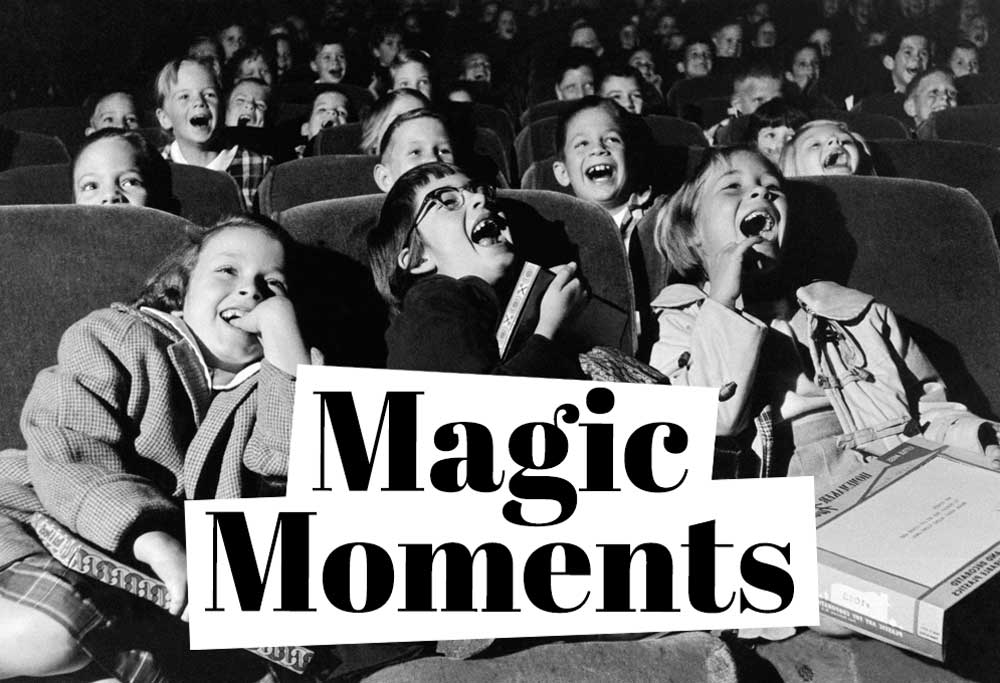
This Is How Studio9 Will Help You
Studio9 will be happy to assist you with any questions you may have regarding customer research and will accompany you in the design of effective and emotionally appealing customer journeys, tailored to your brand.
Please contact us for a non-binding conversation in which we can explore a possible cooperation. We look forward to hearing from you!
Naming: What a Difference a Name Makes
The Foundation of the Perfect Brand Name
In the first two parts of this series of articles on the more strategic aspects of the branding process, we focused on brand consulting and brand development/branding. To conclude the series, this article deals with the strategic naming of companies, products and services according to your individual needs.
"The name choice is not only a creative process."
Finding a suitable name for a newborn can be difficult. Normally, at the time you choose a name, you know relatively little about the later traits and peculiarities that will make your child the person he or she will become.
Branding is a bit easier. As you have learned in the previous two chapters, we always start a brand identification process by immersing ourselves in the history of the brand and creating a brand architecture based on it. This includes the basic characteristics and values of a brand as well as finer nuances such as individual traits and peculiarities of the product or company.
In this sense, brand naming is a much less creative process than it is for babies. At the time of naming, we know who we have in front of us. Our task is to find a name that fits.
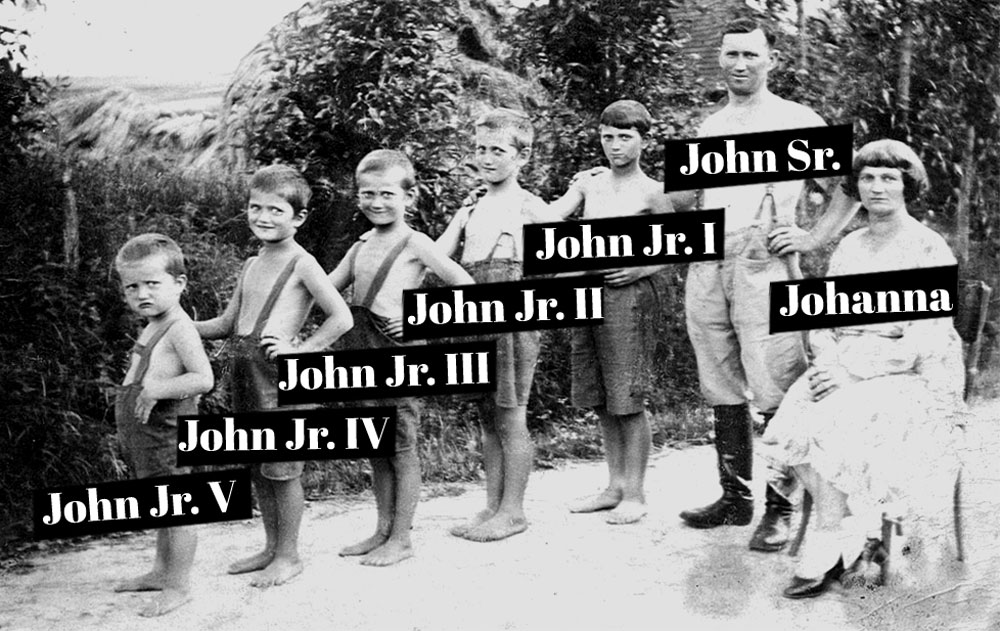
8 Criteria for Great Brand Names
Below we have identified eight key points and related questions that you should keep in mind when choosing a name for your company, products or services:
- Brand Fit
How does the name fit into your existing brand architecture? Does it fit in with your story, your character, the values and employees of your company?
- Engaging
What does the name mean to your customers? Will they remember it?
- Unique
Does your name get lost in a list of competitors or does it stick out, does it attract attention?
- Accessible
Do customers understand your company name when they first hear it? Can they spell it easily to find your business via Google?
- Long-Lasting
Does your name sound good five years from now? Is it still suitable when your company develops and expands?
- Legally Protectable
Can you register the name as a trademark? In Switzerland, in the EU, worldwide? How far does trademark protection extend? Are relevant domains still available?
- Expandable
Are you planning sub-brands for your product range? How do you expand the name in these cases? Are you expanding abroad? Does the name also work in the USA, China and Costa Rica?
- Appropriate
What do customers associate with your name? Which connections are awakened consciously or unconsciously? What appears on Google when you search for your name?
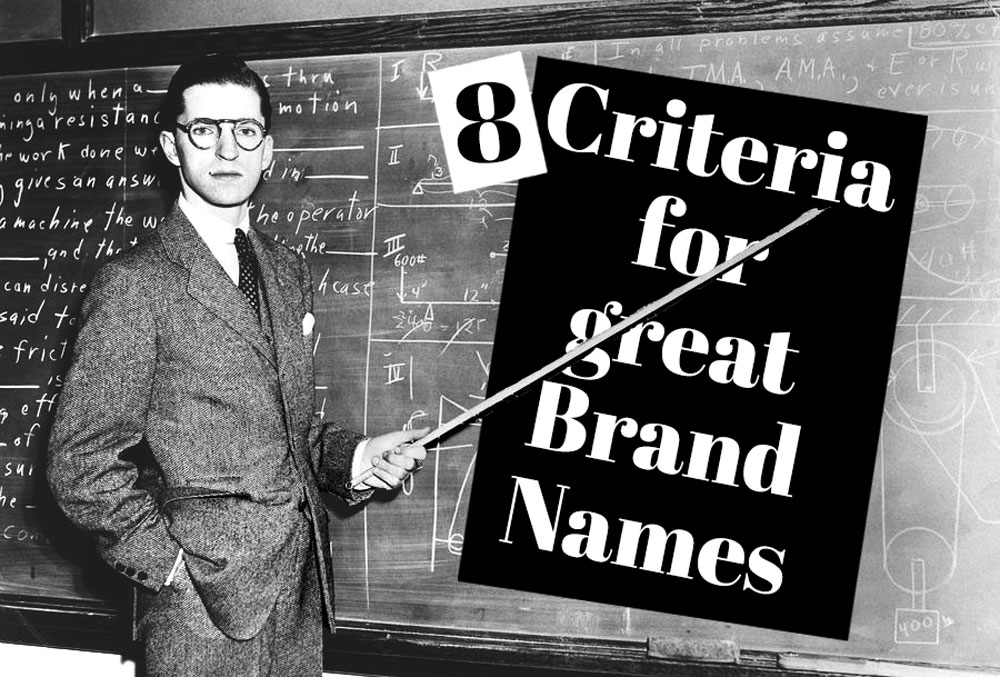
Stay Objective... or at Least Try
Your company, your product, into which you have put so much heart and soul, needs a name. Understandably, it is difficult to banish one’s own emotions and, to put it somewhat negatively, claims of ownership to the back seat and to approach naming from an objective perspective.
Perhaps the proposed name reminds you of an unpleasant acquaintance or you would like to make your spouse happy and name your new product after him or her. Such personal dislikes and preferences are natural, but please always keep one in mind:
"This name does not have to please you primarily."
The name is part of the branding and therefore has a clearly defined task: It should make it possible to build a bridge between you and your customers. The naming process should therefore be approached from as objective and functional a perspective as possible.
Ask yourself how the name is received by your customers, which emotions it triggers and which memories it awakens in them. How well it stays in their memory and how easy it is to spell it out. If you have found a name that checks all these boxes, then you have a name that does its job. That’s what matters in the end.
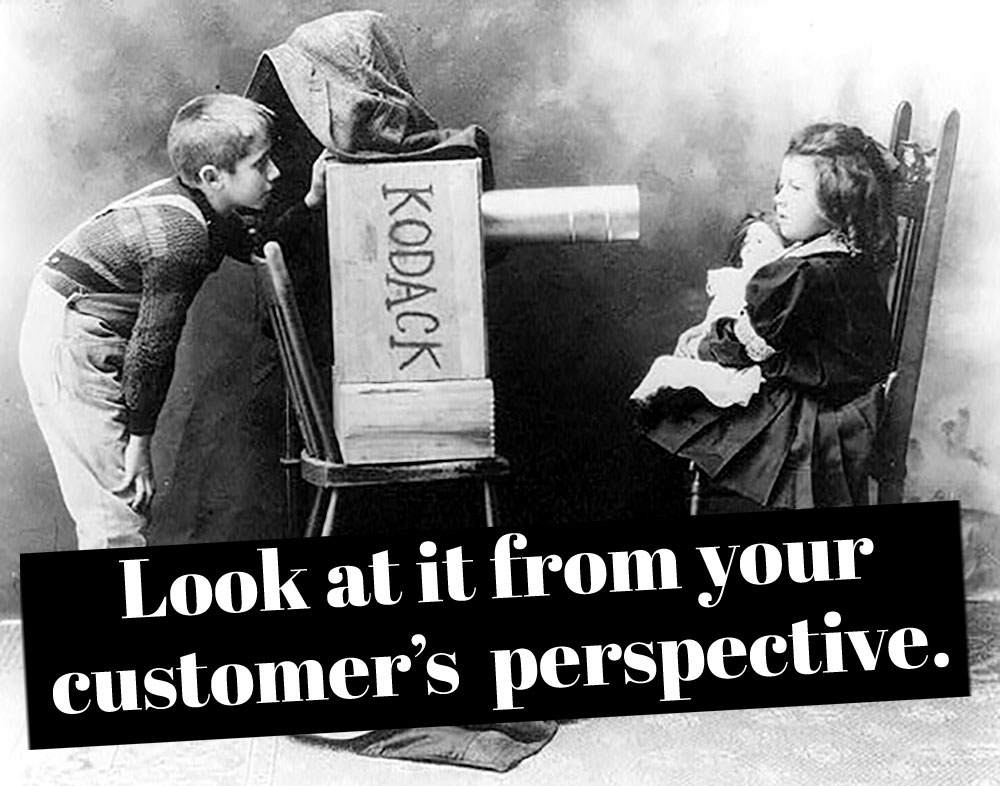
Learn to Love Your Name
One last remark: Do not trust love at first sight when it comes to finding a brand name. The “Aha” moment from movies is rather rare in real life and even then we would like you to at least sleep over it again and give the name a sober thought on the next day or the next week. If the name is well chosen and is met with positive feedback and high customer response, you will also learn to love it. Believe us.
You can find more articles like these on all topics around branding, branding & design on our Story page:
How Studio9 Takes You to the Next Level
This brings us to the end of this short series on the concept phase of the branding process.
If you would like to find out more about this, if you still have unanswered questions or if you would like to get directly involved in the naming of your company or product, please do not hesitate to contact us. We look forward to hearing from you.
Case Study with Corporate Identity - Maison Flora
Brand Identity for Florist - Maison Flora
A Vibrant Brand That
Adapts to Its Environment.
A case study for the florist business Maison Flora for which Studio9 created a new brand identity and website.
We were inspired by the wonderful variety of the flowers and the creative craft of the florists, who arrange the colorful flora into harmonious ensembles.
The logo adapts to its surroundings, captures their mood and colors and reflects Maison Flora’s craftsmanship.
